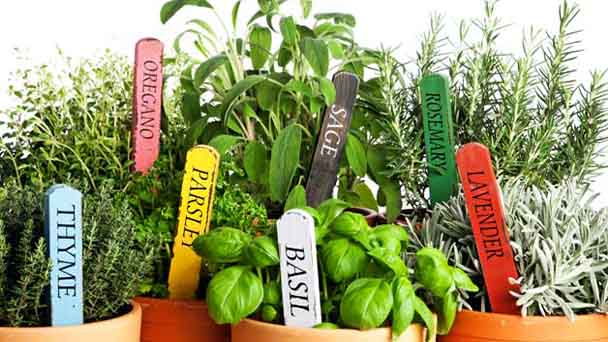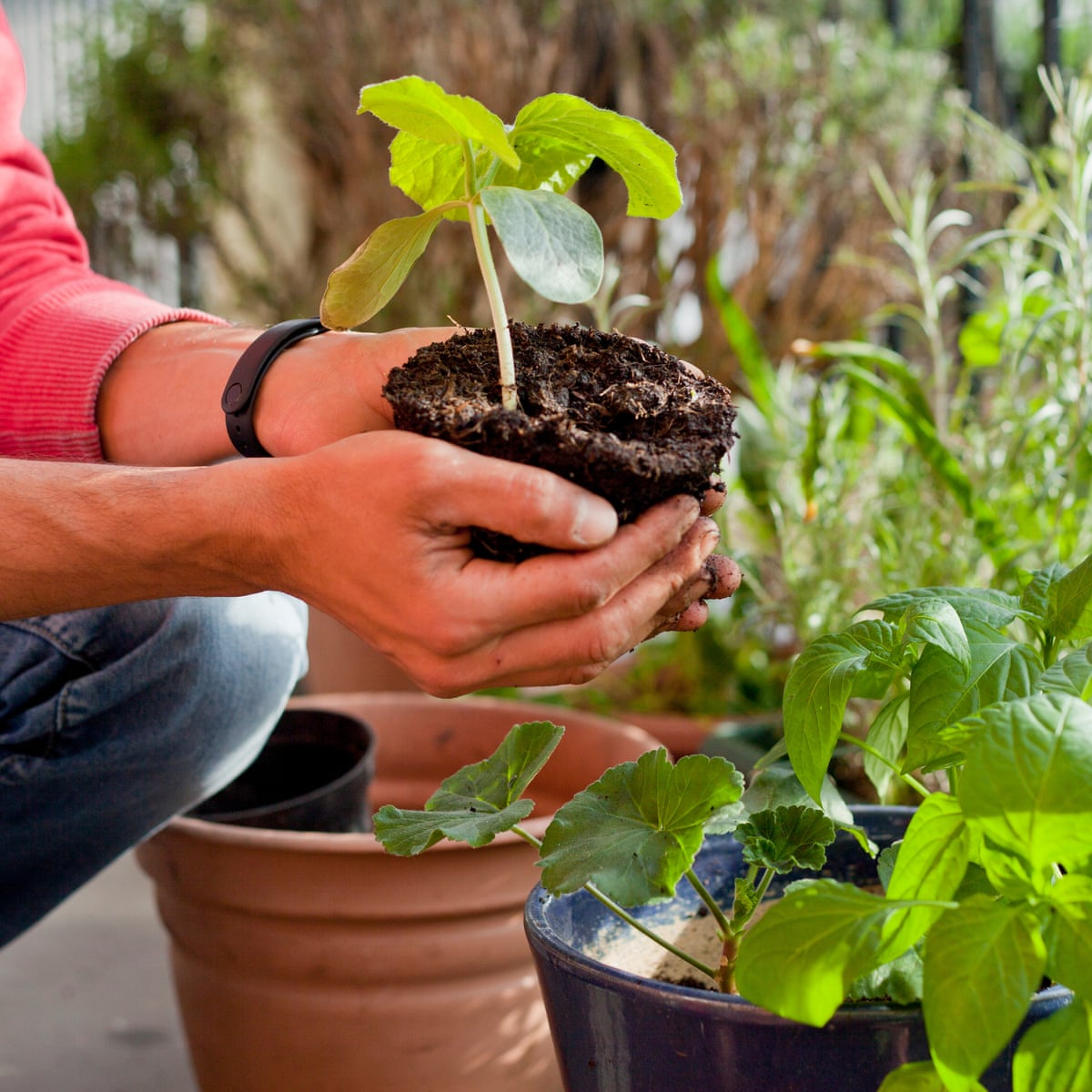How to grow a garden in the winter
Written by Joy
Sep 29 2020

How to grow a garden in the winter? In winter, the temperature is low and plants are tested. People who love flowers always worry that their flowers will not survive the cold winter. In fact, as long as you have patience and help the plants in your home survive the cold winter, it will not be difficult to wait until spring comes with green branches.
②Evergreen woody flowers, such as Milan, jasmine, gardenia, etc., all of these plants must ensure that the room temperature is above 15 degrees. If the temperature is too low, the plants are likely to die from freezing damage when growing them in the winter.
③Perennial herbaceous plants, such as asparagus, geranium, four seasons crabapple, ivy, green radish and other plants, you'd better keep the temperature around 15 degrees, and the minimum should not be lower than 10 degrees.
④ The temperature of perennial indoor woody plants, such as, Fortune Tree, and Rubber Tree, they should not be lower than 5 degrees. When it is too low, it will easily cause freezing damage and hard to grow in your garden in winter.
② Shade-tolerant plants: For indoor foliage plants, such as green radish, spider plant, ivy, etc., although the light requirements are not strict, it is best to have scattered light.
In addition, you should always keep indoor air circulating. At noon when the weather is sunny and warm, you'd better open the windows more for ventilation, but you ought to avoid cold wind blowing on the plants.
②Watering frequency: Most plants are in a dormant or semi-dormant state in winter and have low water requirements. Therefore, water must be controlled in winter to reduce watering frequency. As long as the potting soil is not too dry, do not water.
①Foliar spray method
You'd better choose a sunny noon and spray water on the leaves or around the plants.
②Plastic bagging method
Cover the flowerpot with plastic film to increase air humidity.
1. Ensure proper temperature
① Deciduous woody flowers, such as rose, honeysuckle, pomegranate and so on are generally dormant and difficult to grow a garden in the winter, and the room temperature can be controlled at about 5 degrees. When the temperature is lower than 5 degrees, you can use plastic bags to cover the basin to increase the temperature.②Evergreen woody flowers, such as Milan, jasmine, gardenia, etc., all of these plants must ensure that the room temperature is above 15 degrees. If the temperature is too low, the plants are likely to die from freezing damage when growing them in the winter.
③Perennial herbaceous plants, such as asparagus, geranium, four seasons crabapple, ivy, green radish and other plants, you'd better keep the temperature around 15 degrees, and the minimum should not be lower than 10 degrees.
④ The temperature of perennial indoor woody plants, such as, Fortune Tree, and Rubber Tree, they should not be lower than 5 degrees. When it is too low, it will easily cause freezing damage and hard to grow in your garden in winter.
2. Ensure proper lighting
①Light-needing plants: In winter, the light is weak, you should try to place flowers in a place with sufficient light, especially plants that bloom in winter and spring, such as cyclamen, clivia, camellia, crab claw, etc., must have sufficient light.② Shade-tolerant plants: For indoor foliage plants, such as green radish, spider plant, ivy, etc., although the light requirements are not strict, it is best to have scattered light.
In addition, you should always keep indoor air circulating. At noon when the weather is sunny and warm, you'd better open the windows more for ventilation, but you ought to avoid cold wind blowing on the plants.

3. Water properly
①Watering time: The temperature is low in winter, and it is best to water when the temperature is high at noon to make the water temperature close to room temperature. When using tap water, you should be sure to dry it.②Watering frequency: Most plants are in a dormant or semi-dormant state in winter and have low water requirements. Therefore, water must be controlled in winter to reduce watering frequency. As long as the potting soil is not too dry, do not water.
4. Reasonable fertilization
In winter, most flowers enter the dormant period, and there is little demand for fertilizer. At this time, you ought to try to reduce or stop fertilizing, otherwise it will easily cause plant roots to rot.5. Pest control
In winter, the temperature is low, relatively speaking, there are fewer insect infections, but some fungal diseases should still be paid attention to, such as gray mold, root rot, etc. Ventilation and lowering the humidity of the pot soil can effectively prevent pathogenic infections.6. Increase air humidity
The air is relatively dry in winter, especially in heated rooms. If the air is too dry, the following methods can be used to increase the air humidity.①Foliar spray method
You'd better choose a sunny noon and spray water on the leaves or around the plants.
②Plastic bagging method
Cover the flowerpot with plastic film to increase air humidity.
7. Pay attention to clean leaves
In winter, there is little indoor air circulation, and plant leaves are easy to accumulate dust, which not only affects the beauty but also affects the normal growth of plants, so you must clean up in time. You can wipe gently with a sponge or other soft cloth to keep the leaves clean.Latest Updated
- Benefits of Bugleweed - 7 Science-backed Health Benefits
- Bugleweed Dangers & Side Effects - Is It Poisonous?
- How to Plant Evergreen Trees - What You Should Know
- When to Plant Evergreens - Grow Guide for Evergreen Trees
- 12 Wonderful Evergreen Shrubs for Your Garden
- 12 Popular Evergreen Plants with Pictures for Beginners
- When And How To Prune A Lilac Bush Like a Pro
- How to Grow & Care for Lilac Vine (Hardenbergia Violacea)
- Japanese Lilac Tree (Syringa Reticulata) Care & Propagation Guide
- Shumard Oak Pros and Cons - What to Know
Popular Articles
- Winter maintenance of Antirrhinum Majus
- How to Grow Terminalia Mantaly Tree
- How to Grow and Care for Crossostephium Chinense
- How to grow Antirrhinum Majus in spring
- Peristeria Elata (Dove Orchid) Profile: Info & Care Guide
- Underwatered Snake Plant (Sansevieria Trifasciata) - Signs And How To Fix
- How to Care for Brazilian Jasmine Plant (Mandevilla Sanderi)
- How to Grow & Care for Graptopetalum Purple Delight in Summer
- Rosa Chinensis (China Rose): Plant Growing & Care Tips
- How to Care for Baby Sun Rose (Aptenia Cordifolia)